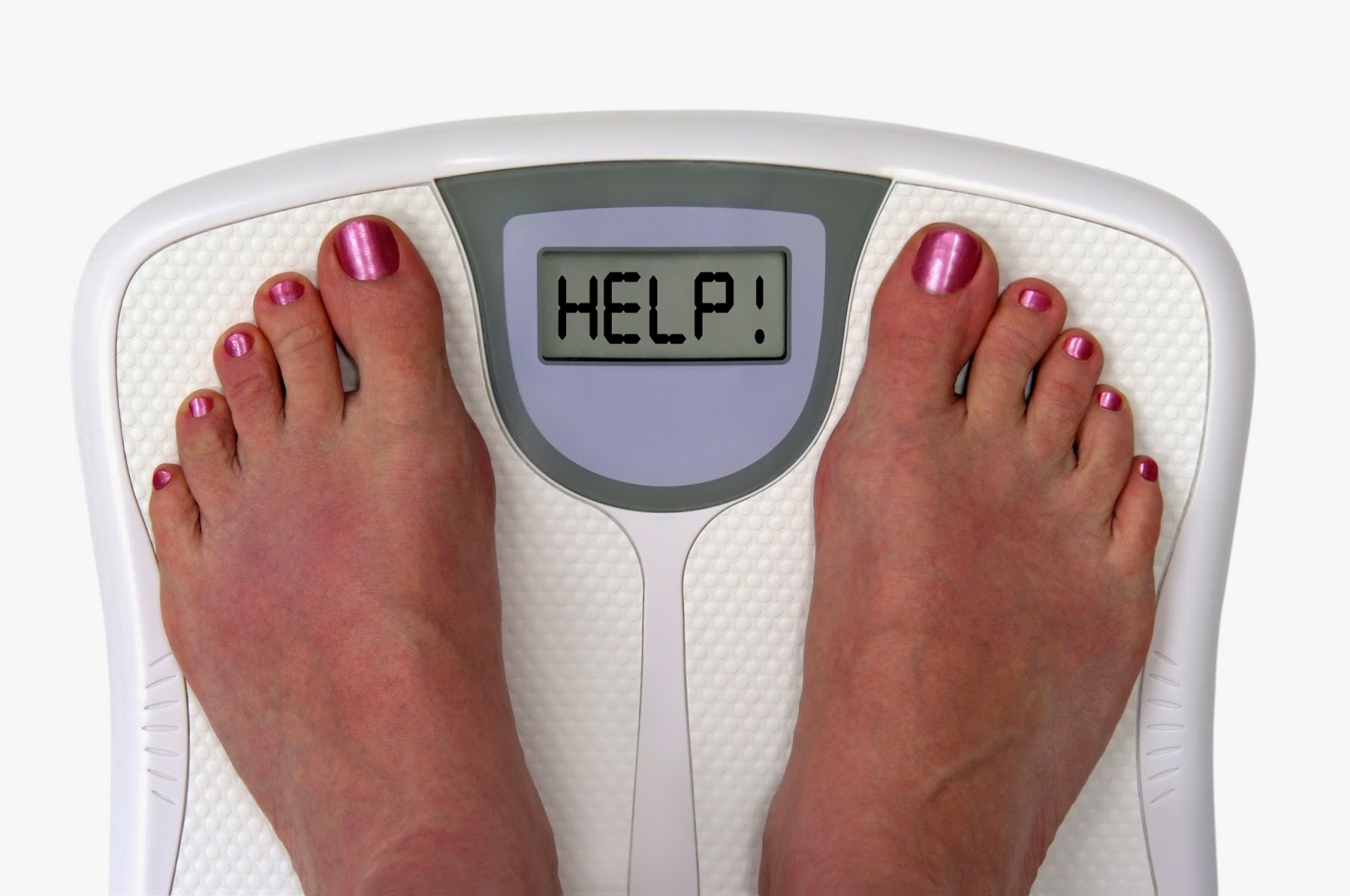Recently, the U.S. Food and Drug Administration approved the very first weight loss device that controls satiety. The Maestro Rechargeable System targets the neural pathway between the brain and the stomach that controls feelings of hunger and fullness.
However, this device will only be available to adults aged 18 years of age and older with a body mass index of 35-45 combined with at least one other obesity-related condition (i.e. type 2 diabetes) that have had no success with weight loss programs.
How does it work?
“The Maestro Rechargeable System consists of a rechargeable electrical pulse generator, wire leads and electrodes implanted surgically into the abdomen. It works by sending intermittent electrical pulses to the trunks in the abdominal vagus nerve, which is involved in regulating stomach emptying and signaling to the brain that the stomach feels empty or full. Although it is known that the electric stimulation blocks nerve activity between the brain and the stomach, the specific mechanisms for weight loss due to use of the device are unknown.”
In addition, health care professionals will have the ability to adjust settings on this surgically implanted device as required throughout treatment.
Is it safe?
A clinical trial consisting of 233 patients with a BMI of 35+ were tested over a period of 12 months to ensure the product is safe and effective. The Maestro Rechargeable System was tested on all patients however, 76 of the devices were not activated. Results showed that those with the activated devices lost 8.5{c754d8f4a6af077a182a96e5a5e47e38ce50ff83c235579d09299c097124e52d} more weight than those with inactive devices. Remarkably, fifty-two and a half percent of the patients with the active device experienced a 20{c754d8f4a6af077a182a96e5a5e47e38ce50ff83c235579d09299c097124e52d} weight loss and 38.3{c754d8f4a6af077a182a96e5a5e47e38ce50ff83c235579d09299c097124e52d} lost 25{c754d8f4a6af077a182a96e5a5e47e38ce50ff83c235579d09299c097124e52d} of their excess weight.
However, both groups experienced a weight loss. In fact, participants with the active devices did not even lose at least 10{c754d8f4a6af077a182a96e5a5e47e38ce50ff83c235579d09299c097124e52d} more than those with inactive devices. In addition, reported side effects included nausea, pain at the neuroregulator site, vomiting, surgical complications, pain, heartburn, problems swallowing, belching, mild nausea and chest pain.
Despite these results, the FDA determined that the benefits outweigh any risk to a patient that meets the eligibility criteria. An FDA-sponsored survey also indicated that individuals would be willing to use this device based on the presumed weight loss. Still, the FDA requires that the manufacturer conduct a five year follow up study of a minimum of 100 patients to further review the device’s safety and effectiveness.
Facts on obesity:
- During the past 20 years, there has been a dramatic increase in obesity in the United States and rates remain high.
- More than one-third (34.9{c754d8f4a6af077a182a96e5a5e47e38ce50ff83c235579d09299c097124e52d} or 78.6 million) of U.S. adults are obese.
- Obesity-related conditions include heart disease, stroke, type 2 diabetes and certain types of cancer, some of the leading causes of preventable death.
- The estimated annual medical cost of obesity in the U.S. was $147 billion in 2008 U.S. dollars; the medical costs for people who are obese were $1,429 higher than those of normal weight.
FDA approves first-of-kind device to treat obesity
Centers for Disease Control and Prevention
SOURCE: Mental Health Blog – Read entire story here.





